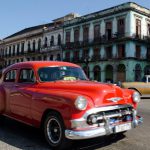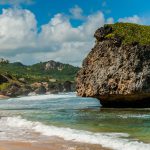There’s a lot of interest in cruising to Cuba, especially since several cruise lines – Azamara Club Cruises, Norwegian Cruise Line, Oceania Cruises, Regent Seven Seas Cruises, and Royal Caribbean International – were recently granted approval to begin cruises from the U.S. to Cuba.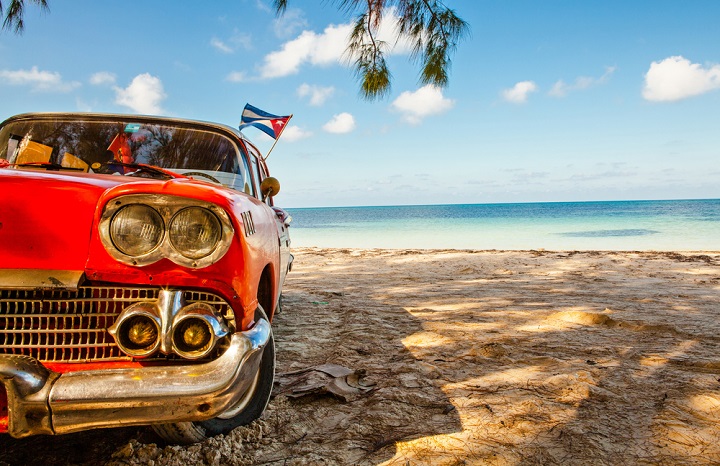
What’s Happening Now
The U.S. has a long-standing trade embargo with Cuba, and travel to Cuba for purely tourist activities is still prohibited; so, all cruise lines are required by the U.S. Department of Treasury’s Office of Foreign Asset Control to make sure that excursions and tours have an educational or cultural exchange focus. This qualifies passengers to fit into one of the 12 categories of U.S. citizens currently allowed to visit Cuba.
The actual amount of time you spend in Cuba will depend on the cruise line and itinerary, which may include an 8-hour port stop in Havana, a multiple-day visit or even an overnight stay in port. Be sure to review itineraries carefully so that you know what to expect.
Top Cuba Ports
Cuba is a beautiful island, the largest in the Caribbean. There are mountains, rolling green hills and palm-fringed beaches, along with cities full of character.
While Cuba has some modern beach, resorts frequented by tourists from Canada and Europe (who are not restricted from traveling there), the island’s overall infrastructure has suffered from a lack of investment. It will be interesting to see what changes may come as U.S. visitors begin to cruise there.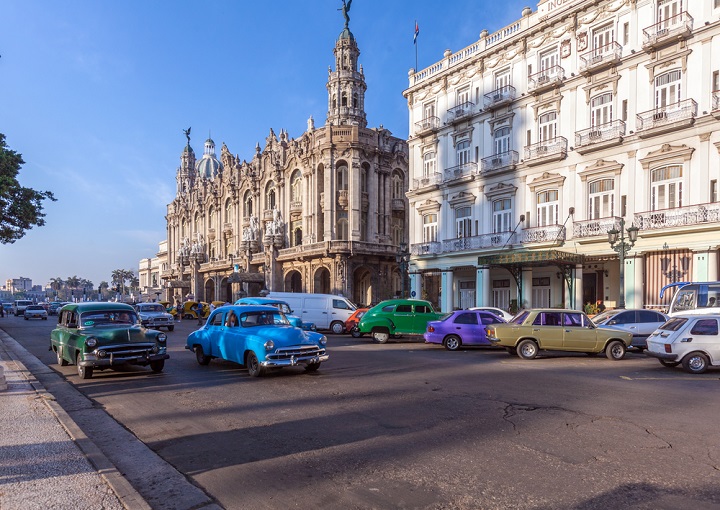
Here’s what you might look forward to seeing:
Havana
Havana is on Cuba’s northwestern coast, and cruise ships dock right across from the old city; some of it is expertly restored and some of it is crumbling, but it’s all beautiful and historic.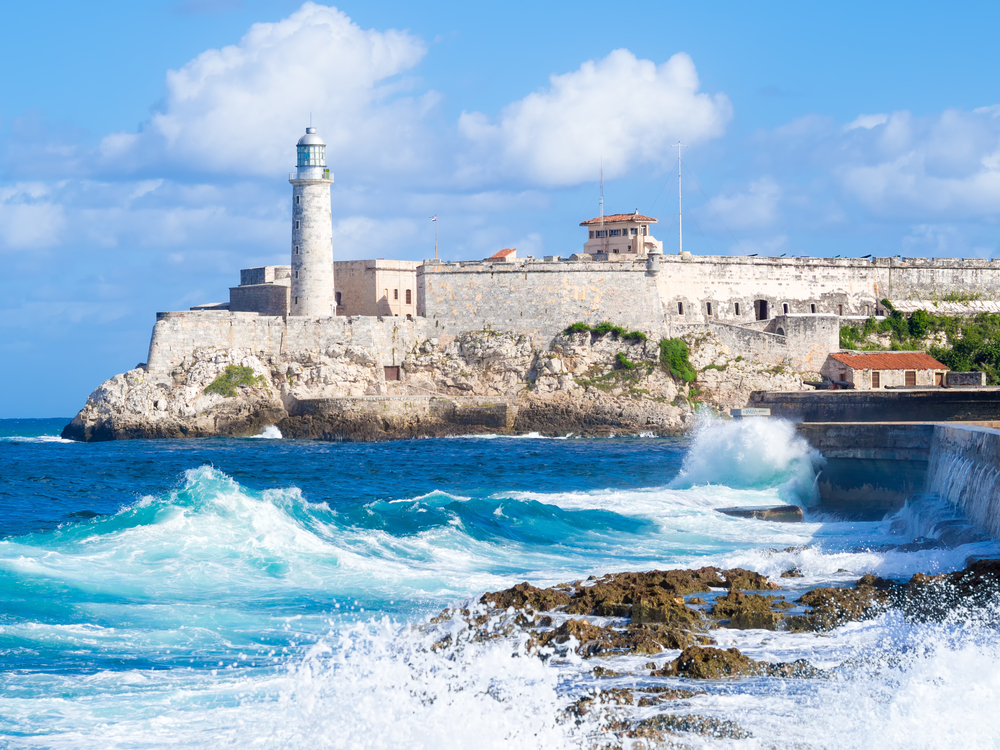
The main squares, Plaza de Armas and Plaza Vieja, have examples of architecture that spans centuries, as well as lively cafes. From Plaza de Armas, la Calle Obispo leads to the Hotel Ambos Mundos, were Ernest Hemingway used to write; and El Floridita, where he sipped the daquiris. A number of museums, including the Museo de la Ciudad, the Museo de la Revolucion and the Museo Nacional de Bellas Artes, provide a comprehensive look at the history and culture of Havana.
Cienfuegos
Cienfuegos in on the southern coast of Cuba. Its historic center is a UNESCO World Heritage site, cited as the best existing example of the adapting the principles of the era of Spanish Enlightenment in urban planning.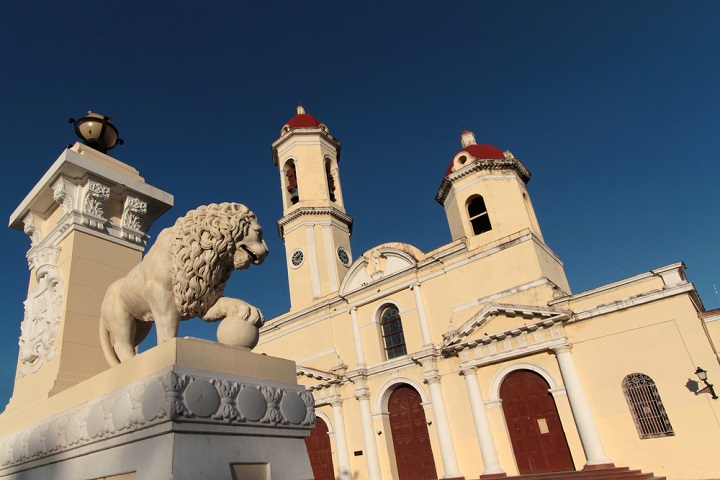 In the early 1800s, the original city streets were laid out in a precise geometric grid, with wide avenues, pretty plazas and public squares. The harmonious design of the streets and the neoclassical buildings is still evident today. Cienfuegos is also a gateway to the city of Trinidad, which dates from the early 16th century and was once the center of Cuba’s sugar trade.
In the early 1800s, the original city streets were laid out in a precise geometric grid, with wide avenues, pretty plazas and public squares. The harmonious design of the streets and the neoclassical buildings is still evident today. Cienfuegos is also a gateway to the city of Trinidad, which dates from the early 16th century and was once the center of Cuba’s sugar trade.
Santiago de Cuba
At the eastern tip of the island, Santiago de Cuba is the country’s second largest city and is a contrast to the wide boulevards and colonial feeling of Havana and Cienfuegos. Santiago de Cuba cascades down a steep hillside, and there’s a strong Caribbean element to the culture.
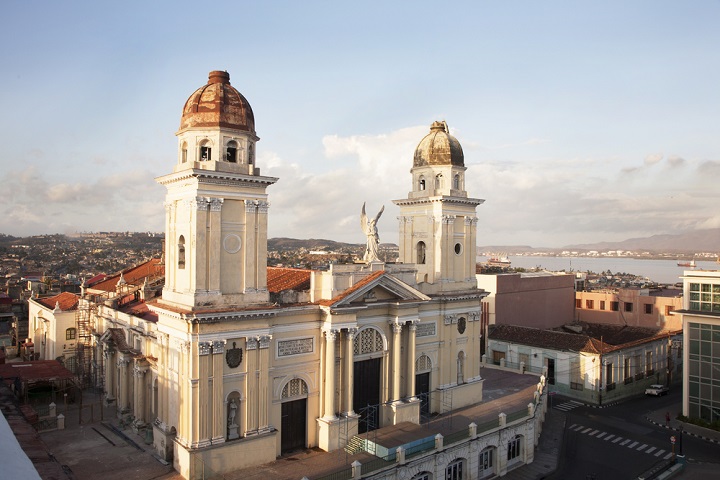 This is where Cuba’s revolution began, and the city is full of monuments that commemorate rebel leaders, including Fidel Castro. Visitors can tour the Cuartel Moncada, a military barracks attacked by a small group of rebels, led by Castro, in 1953. The attack was a failure, but an indicator of the revolution to come.
This is where Cuba’s revolution began, and the city is full of monuments that commemorate rebel leaders, including Fidel Castro. Visitors can tour the Cuartel Moncada, a military barracks attacked by a small group of rebels, led by Castro, in 1953. The attack was a failure, but an indicator of the revolution to come.
A Changing Situation
Opportunities to cruise to Cuba may change quickly in the coming year, so rely on your cruise travel expert to keep you up to date.
The ability to cruise from the U.S. to Cuba certainly has the potential to significantly change cruise itineraries in the Caribbean: just imagine visiting Havana and another port or two in Cuba, combined with other islands, such as the Virgin Islands or Jamaica.
Let us take care of watching the trends, the regulations and the changing itineraries.
Our experts all have a minimum of 15 years in the industry and will know exactly how to plan your perfect getaway. Call us today (888) 993-1318
